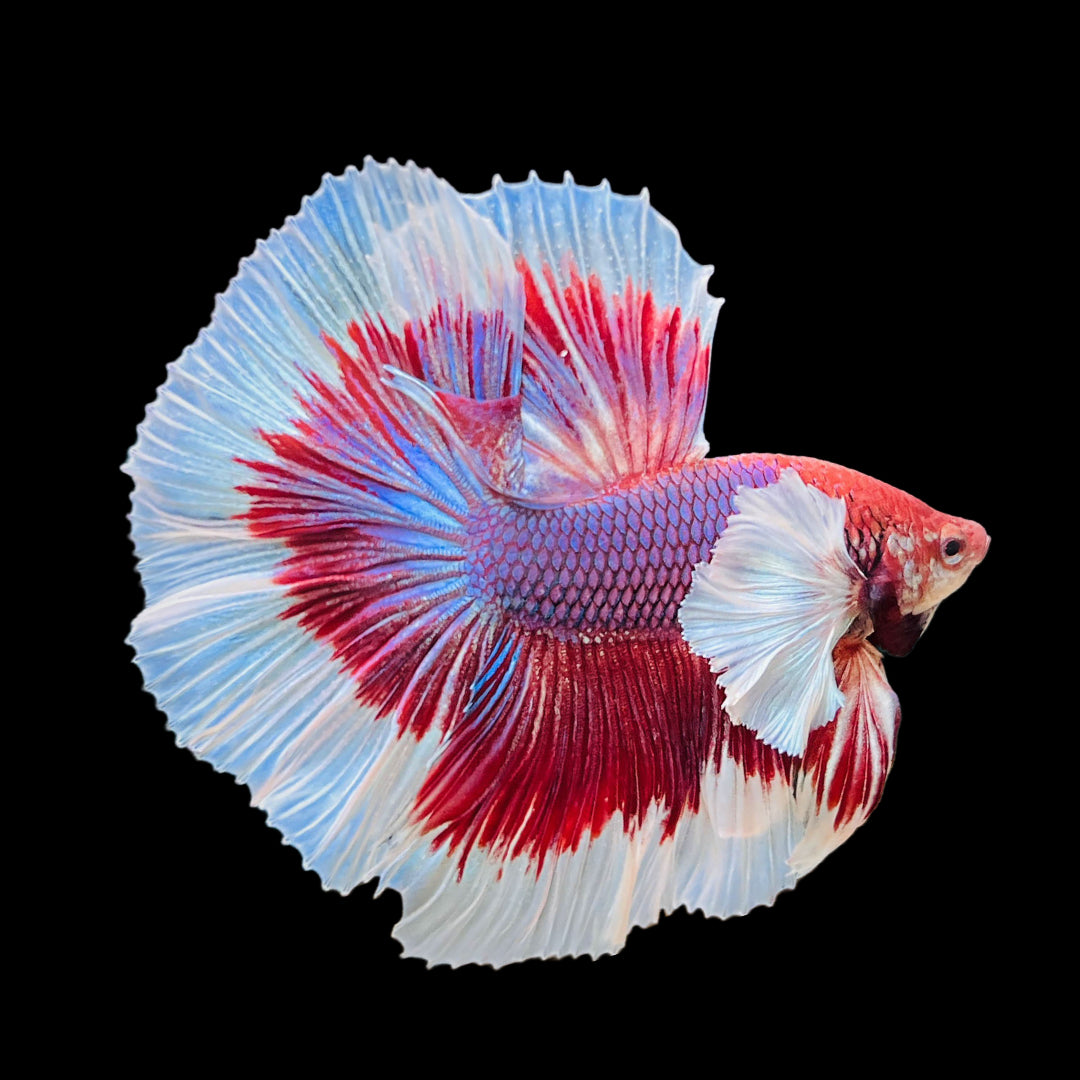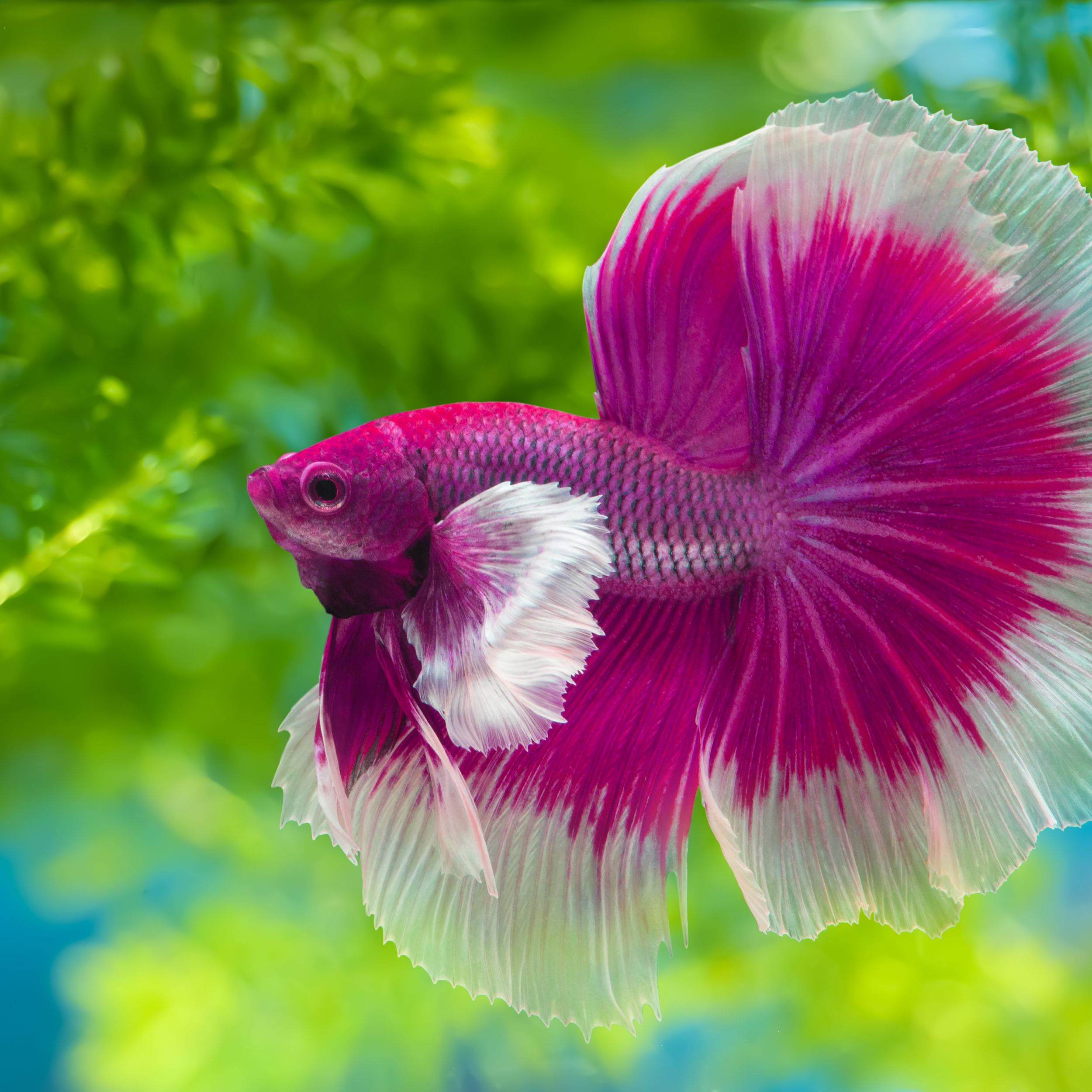How to Introduce Betta Fish to an Area Tank Safely
How to Introduce Betta Fish to an Area Tank Safely
Blog Article
Everything About Betta Fish: Recognizing Their Special Needs, Behavior, and the very best Practices for Optimal Treatment
Comprehending the special demands and actions of Betta fish is necessary for any kind of aquarist looking to supply optimum treatment. betta fish. As we discover these elements further, the implications for both novice and experienced fish keepers end up being progressively obvious, increasing inquiries regarding just how ideal to fit these amazing fish in our homes.
Betta Fish Introduction
Although usually admired for their vibrant shades and flowing fins, Betta fish, clinically known as Betta splendens, are complex animals that require specific care to thrive. Originating from Southeast Asia, these freshwater fish are recognized for their territorial nature and one-of-a-kind habits. Betta fish display sexual dimorphism, with males showing more vivid shades and longer fins than ladies.
Their aggressive tendencies, specifically amongst men, demand cautious consideration when housing them. Bettas are often maintained in single-specimen containers to stop territorial disputes. They can exist together quietly with specific compatible varieties in larger area storage tanks, provided the setting meets their requirements.

To guarantee ideal treatment, aquarists need to recognize their one-of-a-kind behavioral characteristics, dietary requirements, and environment needs. betta fish. With correct focus, Betta fish can show their vibrant personalities and thrive in a well-maintained aquarium setting
Natural Environment and Environment
Betta fish thrive in a diverse range of natural environments, largely discovered in the superficial waters of Southeast Asia, consisting of rice paddies, swamps, and slow-moving streams. These environments are identified by cozy temperature levels, commonly in between 75 ° F and 82 ° F(24 ° C and 28 ° C ), and a pH level ranging from 6.5 to 7.5, which is excellent for their wellness and wellness.
In their natural surroundings, Betta fish are accustomed to thick plant life, supplying both shelter and reproducing grounds. The presence of plants such as drifting water lilies and thick turfs not only supplies security from predators yet additionally adds to the oxygenation of the water, which is important for their respiratory demands. Furthermore, these settings commonly have areas of still water, permitting Betta fish to exhibit their all-natural behaviors such as bubble nesting.
Recognizing the natural environment of Betta fish is essential for fish tank lovers. Reproducing these conditions-- via water temperature level, pH balance, and the incorporation of live plants-- can dramatically improve the general health and wellness and long life of these fascinating fish, guaranteeing they prosper in a home aquarium setup.
Social Actions and Interactions
Recognizing the social habits and communications of Betta fish is essential for successful aquarium administration. Betta fish, or Siamese battling fish, are known for their one-of-a-kind behavior traits, characterized mainly by territoriality and hostility.
On the other hand, female Bettas display less aggressive behavior and can exist together in groups, understood as sororities, if introduced correctly. Nevertheless, it is vital to check their communications closely, as hierarchy and dominance can lead to problems. Understanding the characteristics within a Betta neighborhood is essential; developing hiding spots and making certain enough space can minimize aggressiveness.
In addition, Betta fish might additionally present interest and social behaviors in the direction of various other types. While they can exist together with certain non-aggressive container friends, it is vital to select compatible varieties to prevent tension and hostility. In general, recognizing these social communications is essential to fostering an unified aquarium setting for Betta fish.
Necessary Care Standards
Providing appropriate care for Betta fish is vital to their health Visit Your URL and wellness. Normal water changes-- around 25% weekly-- assistance maintain water high quality.
Betta fish require an ideal tank size; a minimum of 5 gallons is suggested to give sufficient area for swimming and hiding. Consist of decorations and plants to create a revitalizing setting, however stay clear of sharp objects that can harm their delicate fins.

Last but not least, make certain the container is furnished with a filter to maintain the water tidy, yet use a mild filter to avoid solid currents that can worry the fish. By following these necessary care guidelines, proprietors can advertise a healthy and vibrant Betta fish.
Common Wellness Issues and Solutions
In the treatment of Betta fish, understanding of common wellness problems is vital for maintaining their health. One widespread concern is fin rot, commonly triggered by inadequate water high quality or bacterial infection. Symptoms consist of frayed or discolored fins. To deal with fin rot, enhance water problems and consider making use of a broad-spectrum antibiotic.
One more usual ailment is ich, a parasitical infection characterized by white areas on the fish's look at this site body (betta fish). Therapy includes raising water temperature and adding aquarium salt to the tank, as this can aid eliminate the parasite
Swim bladder disorder is likewise regularly observed, causing buoyancy troubles. This problem might emerge from overfeeding or irregular bowel movements. A fasting period of 24-48 hours, complied with by a diet of blanched peas, can supply alleviation.
Lastly, bettas may endure from velvet illness, shown by a gold dust-like look on their skin. Treatment commonly requires medication particularly made for external parasites, along with improved storage tank hygiene.
Routine surveillance of water criteria, maintaining a clean atmosphere, and supplying a well balanced diet regimen are crucial precautionary actions. By dealing with these health and wellness concerns without delay, Betta fish can lead much healthier, extra vibrant lives.
Conclusion
In summary, successful betta fish care requires an understanding of their distinct requirements and habits. Supplying an ideal setting, consisting of proper storage tank dimension and water conditions, is vital for their wellness. Furthermore, acknowledging their territorial nature and making sure ample concealing areas can avoid hostility. Regular monitoring of health moved here and water top quality, in addition to a well balanced diet plan, contributes to the durability and vibrancy of betta fish. Adhering to these guidelines will certainly promote a flourishing aquatic ecosystem for these exciting animals.
Report this page